The book " Once Upon a Time in Vietnam" is a unique work, a collection of 38 research works, typical articles in French and 60 rich pictures about the land and people of ancient An Nam, which appeared in publications: Indochina Magazine, Far Asia Magazine, Indochina Weekly, and Dan Viet Nam Magazine published from 1894 to 1948, selected and translated into Vietnamese by National Archives Center I.

Cover of the book " Once Upon a Time in Vietnam" published by Fine Arts Publishing House
The authors who appeared and had articles in the book "Once Upon a Time in Vietnam" were French scholars, scientists, and officials, along with a number of Vietnamese authors such as: Louis Bezacier, Gustave Dumoutier, Cérutti, Henry Bontoux, G. Taboulet, G.Tucat, Ngo Quy Son, Nguyen Van Vinh, Nguyen Xuan Chu... The researchers all put forward quite sophisticated arguments about the fields of history, culture, education , lands, relics, and historical figures of Vietnam during the French colonial period...
It is known that in the work "Once Upon a Time in Vietnam" , the articles are selected, arranged, and systematized by topic and chronological order. Each article has illustrations, clearly stating the author, search code, and year. According to the information we have: "For articles without images, the Editorial Board has collected and added images while clearly stating the source to make the book more vivid. For street and road names in Hanoi and Saigon, the Editorial Board kept the original French names and added the current equivalent names".
Not to mention that during the process of implementation, the translation team also encountered many difficulties. Some articles translated from Chinese and Nom characters, which have many abstract and difficult-to-understand concepts, and do not have equivalent sentences or words in French; the author, who is also the translator of Chinese - Nom, only briefly translated the ideas, such as the poem "Thi Huong" or the poem "Cau doi". In addition, some place names or names of people were written incorrectly by the French author, or without accents (in Vietnamese), causing many difficulties for the translator.
Talking about the book, historian Duong Trung Quoc commented: "With the function of an archive managing the richest historical documents related to the colonial period, the editors of the Center have researched, collected, and translated, in accordance with the principle of "separating the muddy to bring out the clear" to introduce to today's readers, helping them to refer to the knowledge and arguments of the authors, who are academics or rulers, French or natives, related to issues of contemporary Vietnamese cultural and social life, including ancient traditions that are still present in contemporary life."
The contents that The Old Country of Vietnam shows are the New Year customs: New Year's Day of the Annamese, parallel sentences; the words Phuc and Tho.
Next are the rituals and customs: Ancestor worship and the power of the father in Annam society; Feng Shui in the life of Annamese people; Astrology of Annamese people, especially its military applications; Groundbreaking ceremony contributes to the study of the custom of worshiping the Earth God in the North; An important custom in weddings: checking the ages of the bride and groom; Coronation ceremony of King Thieu Tri.
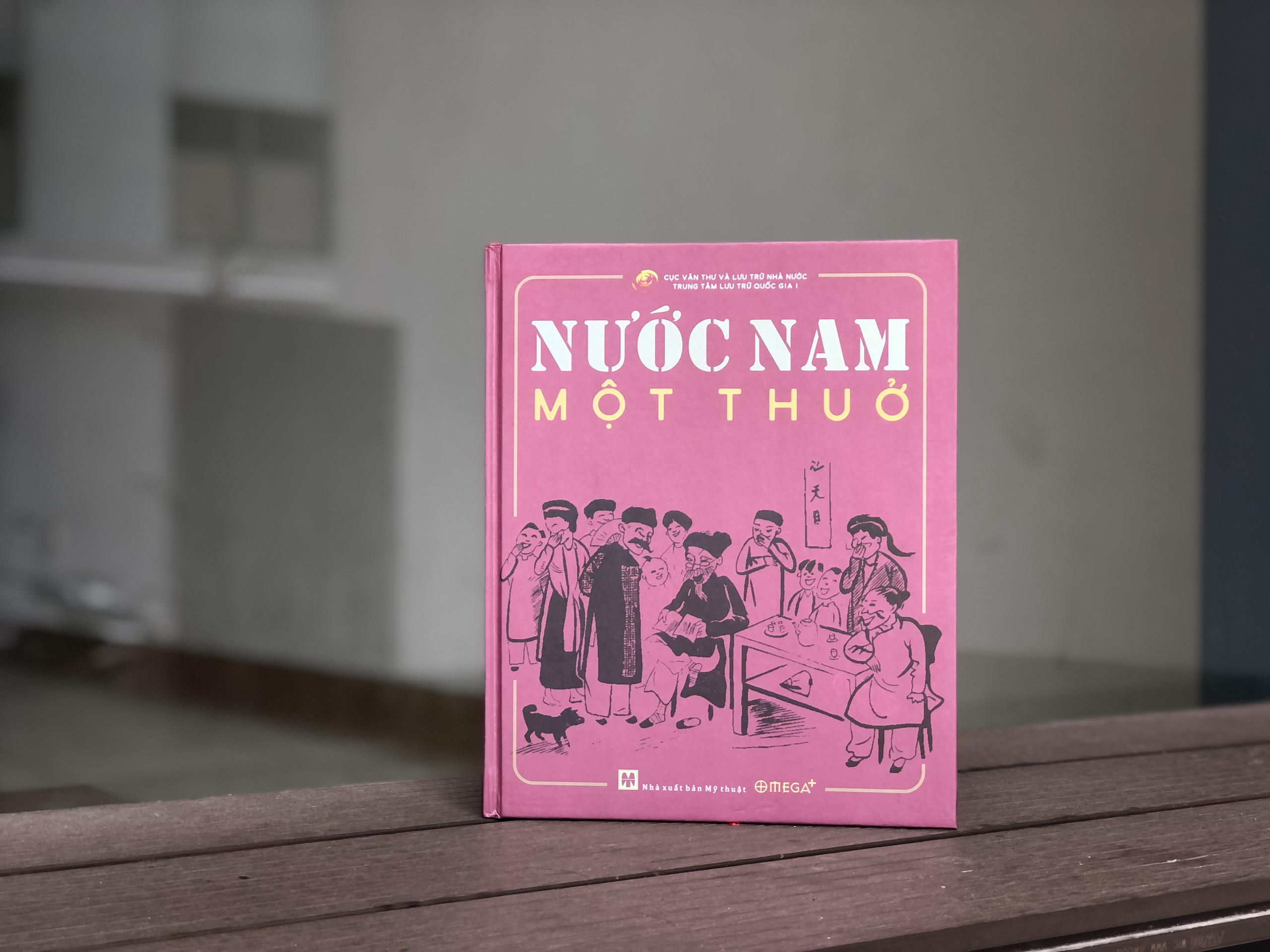
In particular, the work "Once Upon a Time in Vietnam" deeply reflects Vietnamese New Year customs.
In addition, there are cultural characteristics: Eating and drinking in the social classes of Annam; Betel chewing custom; Kite flying of Annamese people; Cockfighting, cricket fighting; Doctors at the Annam court: Imperial Hospital; Annamese language and writing; Annamese Literature Award in 1943.
Cultural features of regions and areas: The cry in Saigon, the Huong exam in Bac Ky, Tam Dao, Sa Pa, Bach Ma, Ba Na, Ba Vi, Vung Tau, Phu Quoc Island, Do Son, Bach Long Vi Island, Ho Dynasty Citadel, Hanoi Citadel, Notre Dame Cathedral (Saigon - Ho Chi Minh City), Khai Dinh Museum (Hue).
Cultural and historical celebrities: Left General Le Van Duyet, famous general Vo Tanh, high-ranking mandarin Phan Thanh Gian, patriot Nguyen Truong To.
Many other topics are also presented in the book The Once Upon a Time in Vietnam : The strategies of the Chinese Emperor (Qin Shi Huang, 246 BC); The opening of air tourism in Indochina and unique resorts in the mountains of Indochina.
On this occasion, Omega+ and The Gioi Publishing House also republished the oldest chapter novel in our country, Thien Nam liet truyen Hoan Chau ky, which writes about the history of the Nguyen Canh family - a large family that has lived for nearly 600 years in Nghe An and has many famous people, generals, cultural figures, and physicians in Vietnamese history such as: Lieu Quan Cong Nguyen Canh Que, Thu Quan Cong Nguyen Canh Kien, Thang Quan Cong Nguyen Canh Ha, Thai Pho Tan Quoc Cong Nguyen Canh Hoan...
This is a genealogy book written by a member of the Nguyen Canh family around the 17th century, and a handwritten copy of this document was donated by the Nguyen Canh family to the Institute of Han Nom Studies in 1983. The book consists of 4 chapters, 16 sections, each chapter has 4 sections, presented in prose form, interspersed with some parallel prose (letters, decrees, royal decrees, couplets) or verse (poems, praise) in many chapters and sections.
Thien Nam Liet Truyen (author: Nguyen Canh Thi, translator: Nguyen Thi Thao, researched and introduced by Professor Tran Nghia, editor Sy Tang), belongs to the Vietnamese Historical Perspectives book group of Omega Plus, suitable for readers who love history and are interested in learning about families, especially the Nguyen Canh family of Vietnam.
Source link


![[Photo] Draft documents of the 14th Party Congress reach people at the Commune Cultural Post Offices](https://vphoto.vietnam.vn/thumb/1200x675/vietnam/resource/IMAGE/2025/10/28/1761642182616_du-thao-tai-tinh-hung-yen-4070-5235-jpg.webp)
![[Photo] Flooding on the right side of the gate, entrance to Hue Citadel](https://vphoto.vietnam.vn/thumb/1200x675/vietnam/resource/IMAGE/2025/10/28/1761660788143_ndo_br_gen-h-z7165069467254-74c71c36d0cb396744b678cec80552f0-2-jpg.webp)
![[Photo] National Assembly Chairman Tran Thanh Man received a delegation of the Social Democratic Party of Germany](https://vphoto.vietnam.vn/thumb/1200x675/vietnam/resource/IMAGE/2025/10/28/1761652150406_ndo_br_cover-3345-jpg.webp)



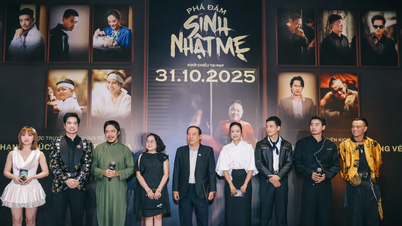

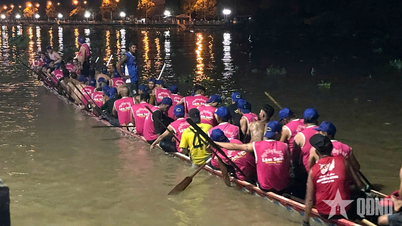

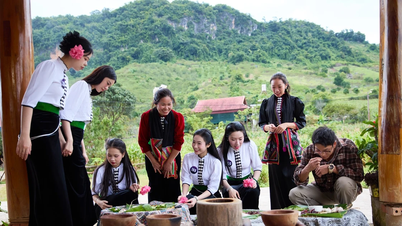

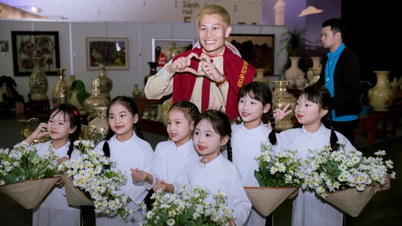

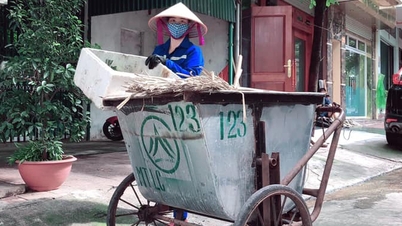
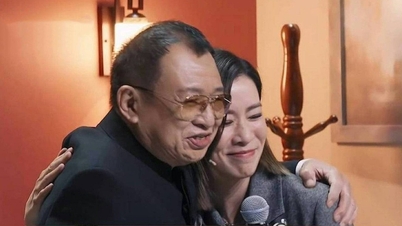




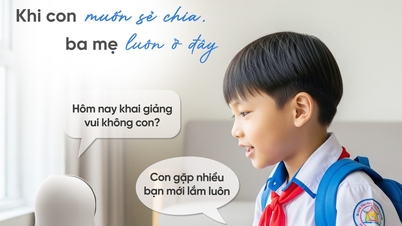
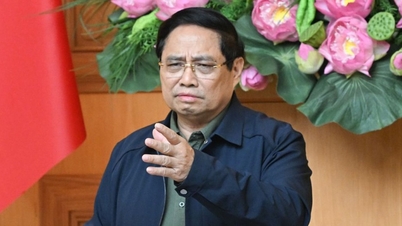

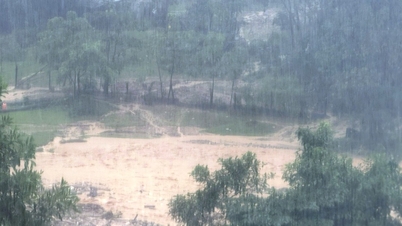
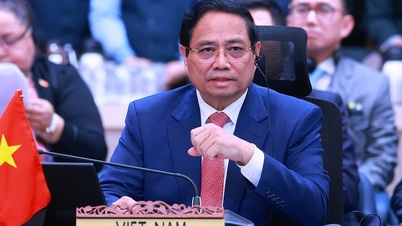
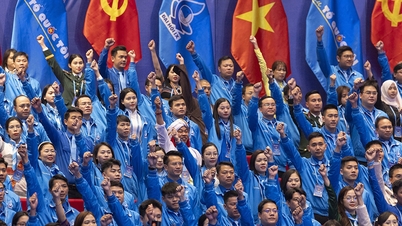
![[Photo] President Luong Cuong attends the 80th Anniversary of the Traditional Day of the Armed Forces of Military Region 3](https://vphoto.vietnam.vn/thumb/1200x675/vietnam/resource/IMAGE/2025/10/28/1761635584312_ndo_br_1-jpg.webp)

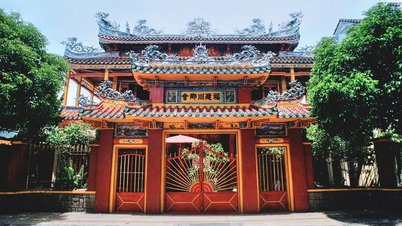

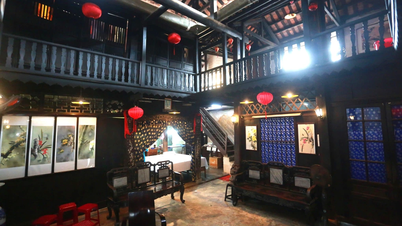

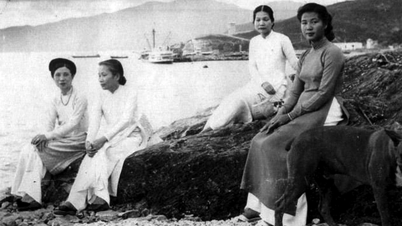

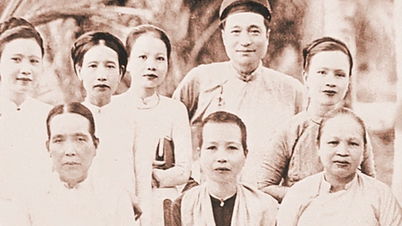
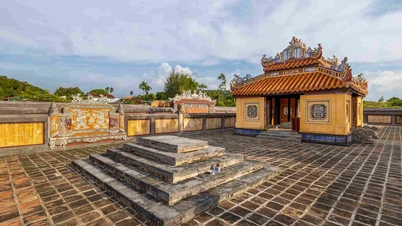


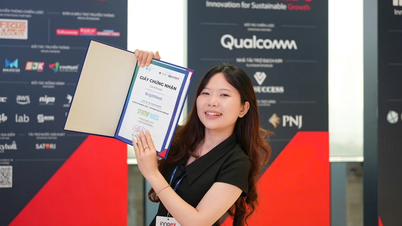
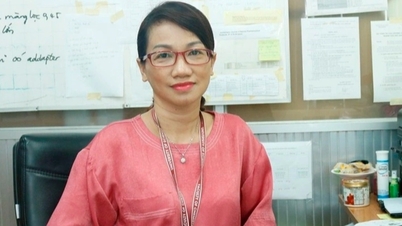
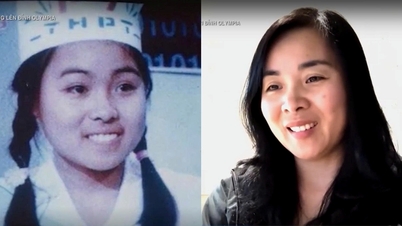

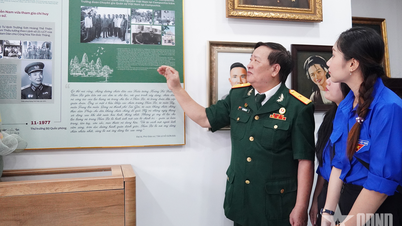



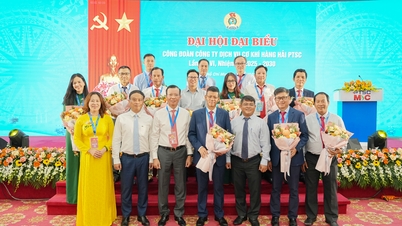
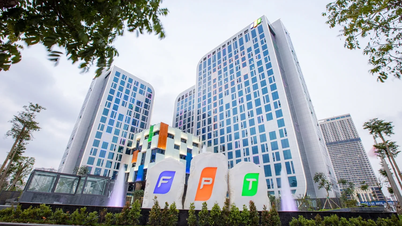
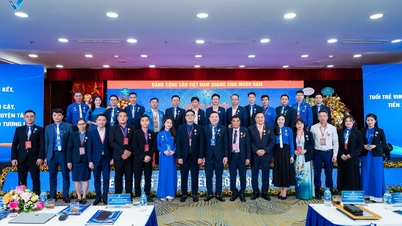

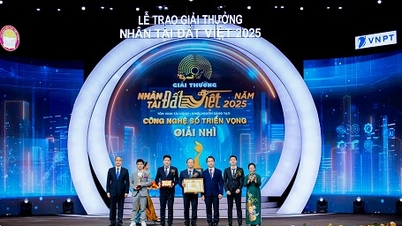
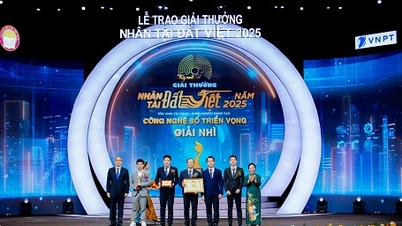
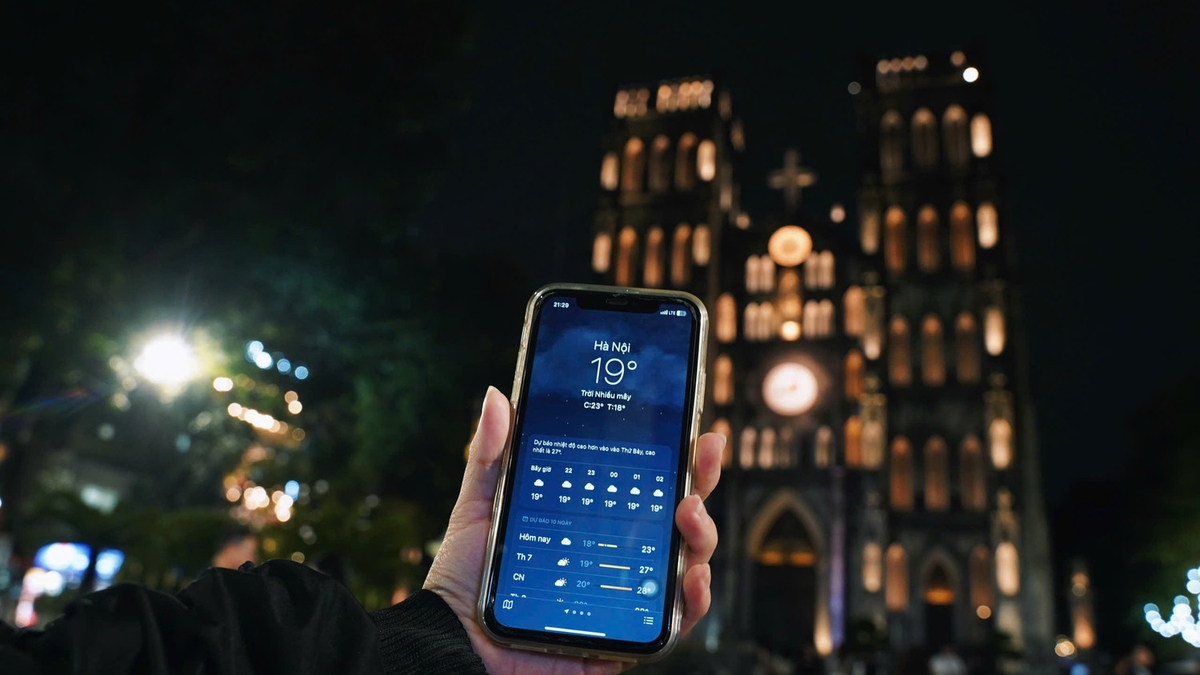


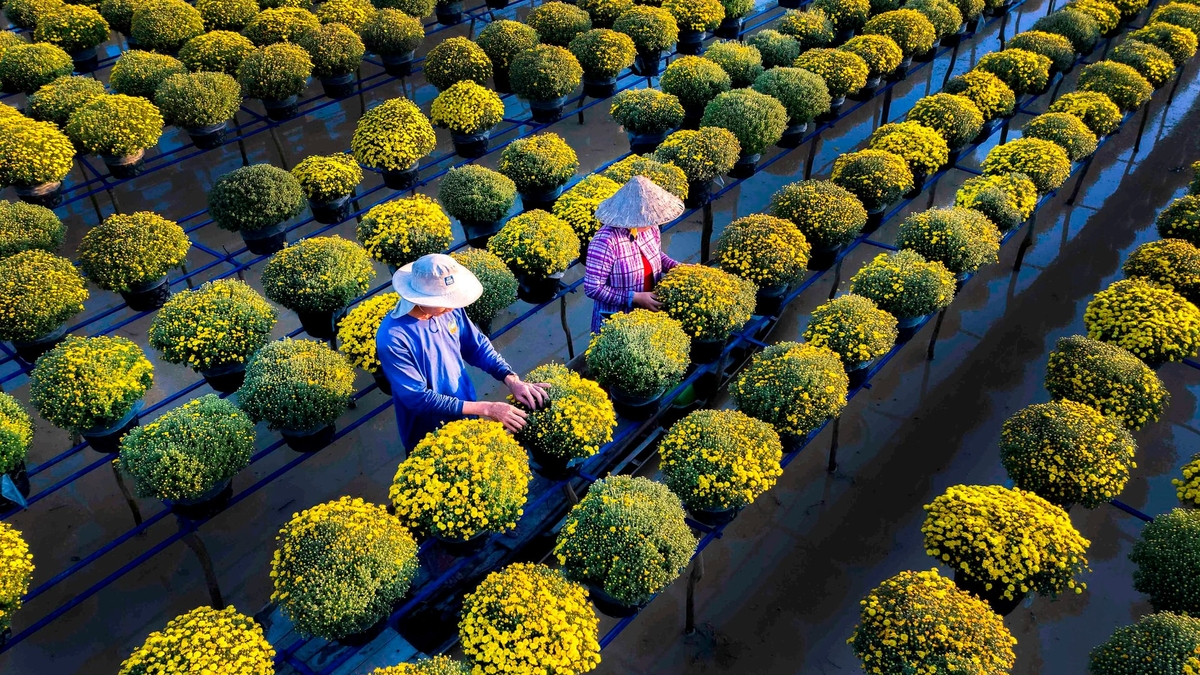
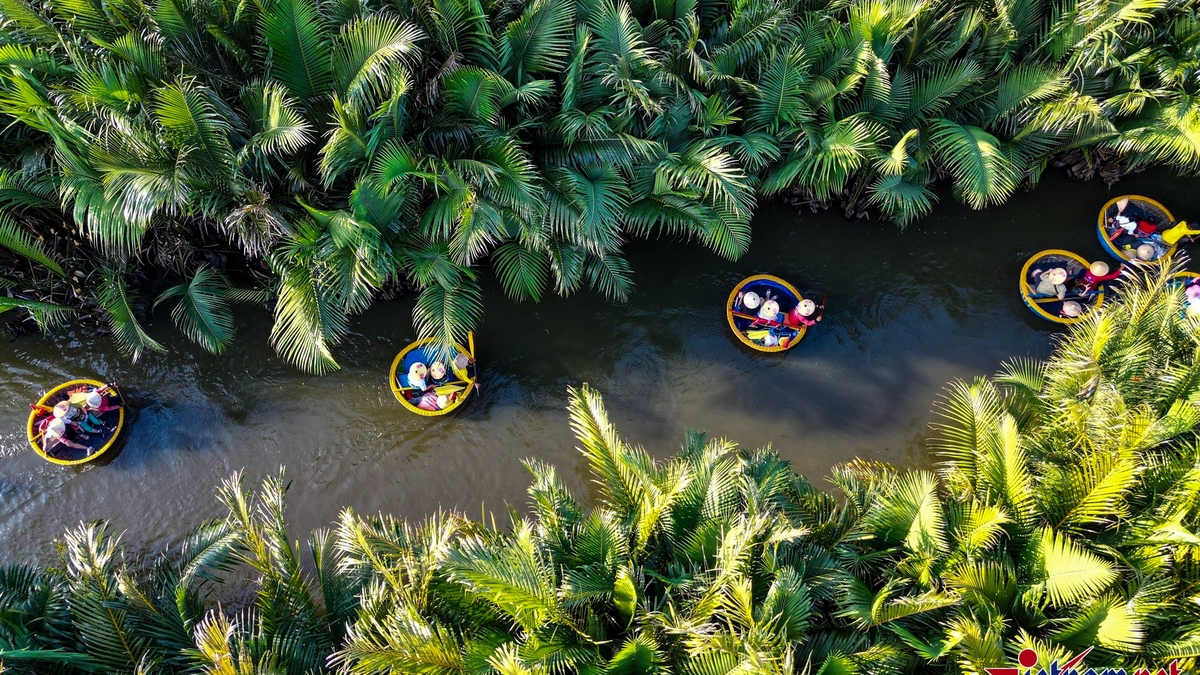
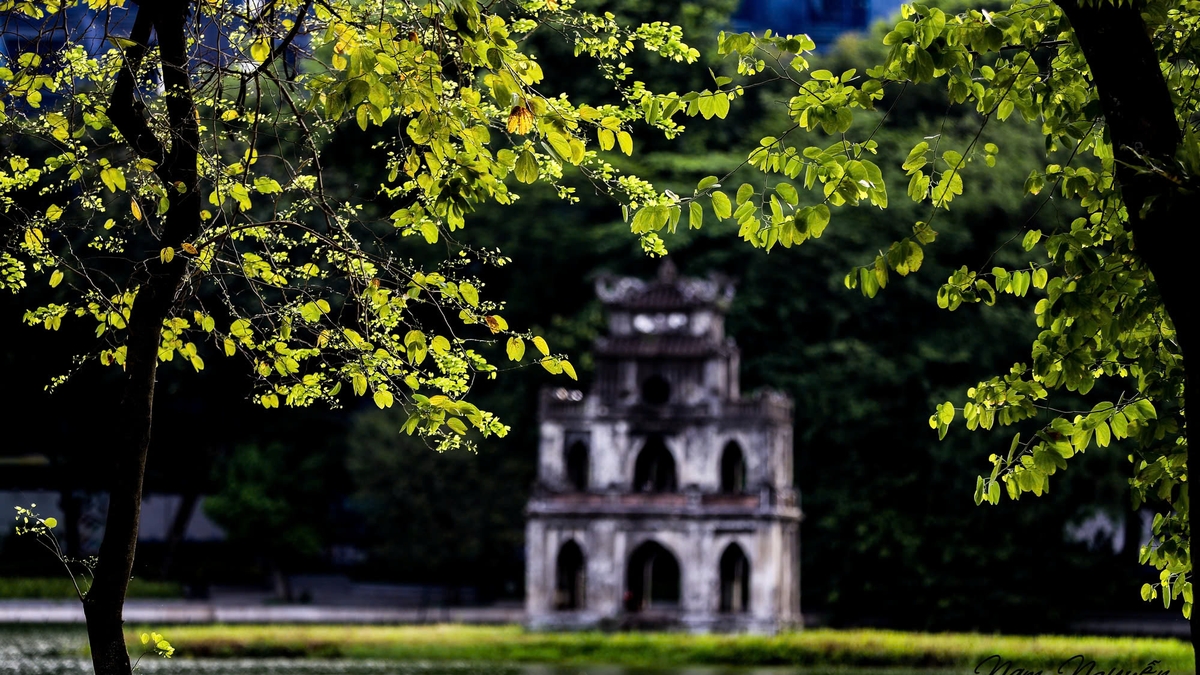
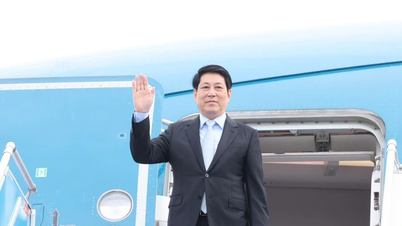
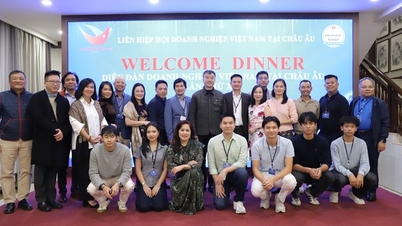


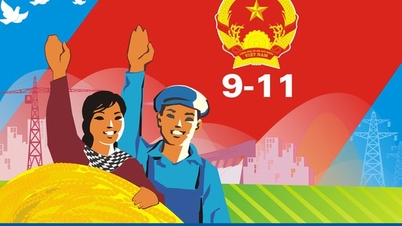

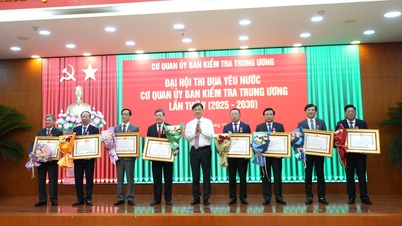

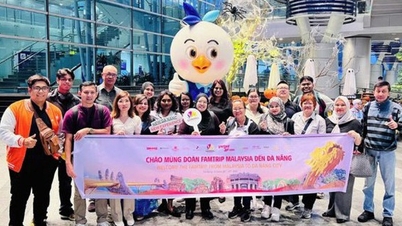

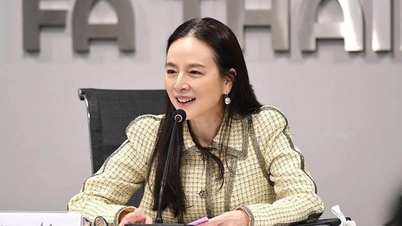
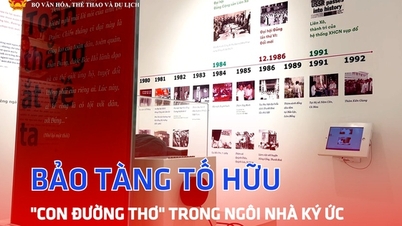
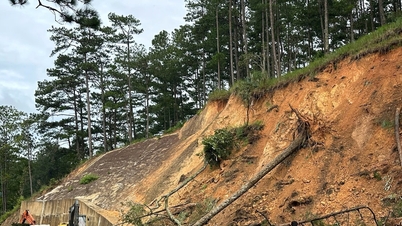



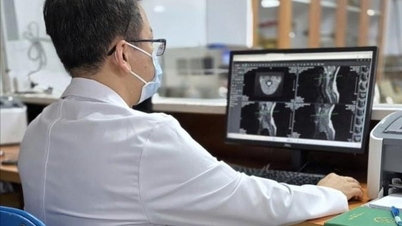

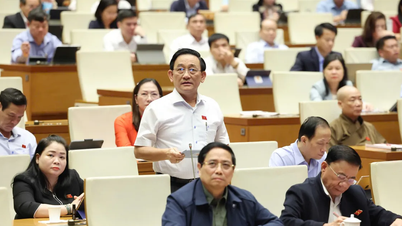
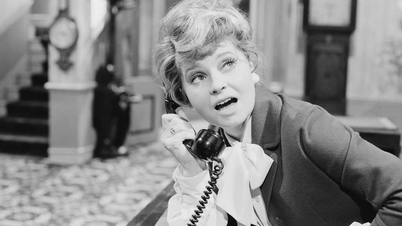
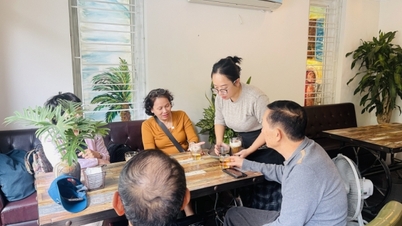
















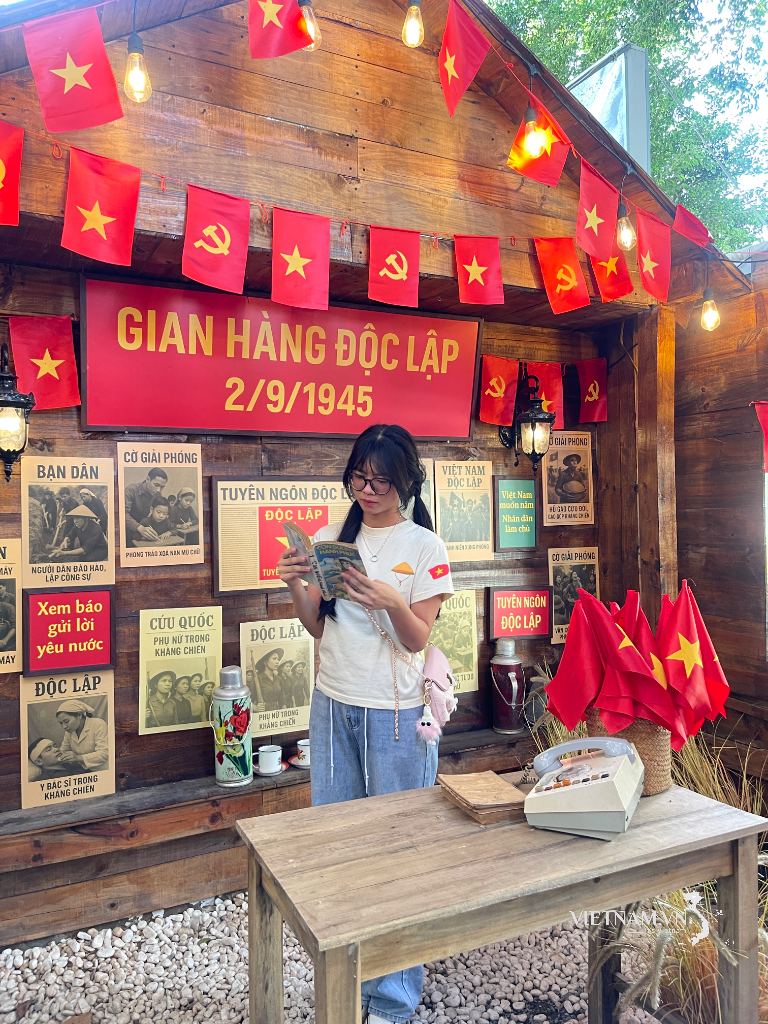
Comment (0)